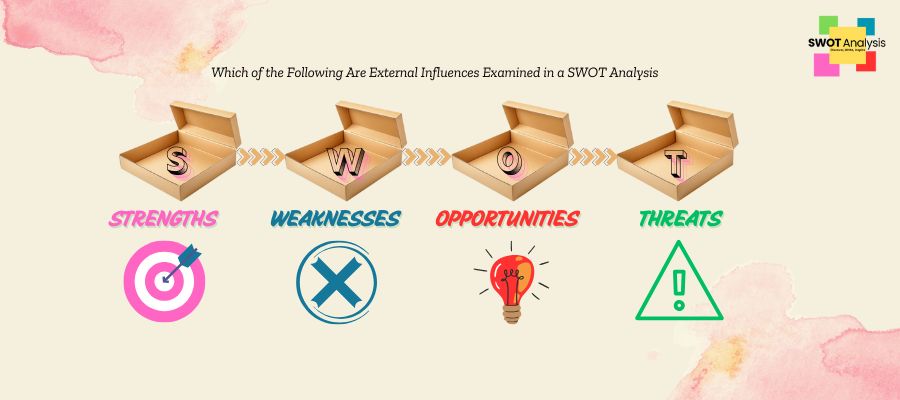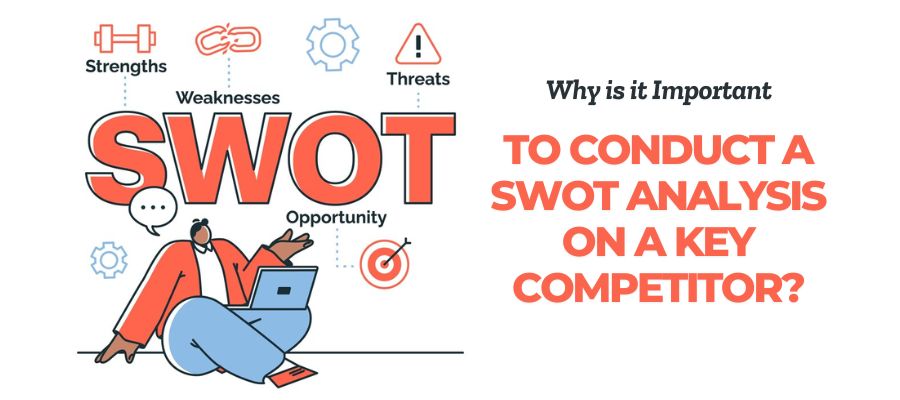A SWOT analysis is a simple yet powerful tool used by businesses to understand their internal strengths and weaknesses, as well as external opportunities and threats. By breaking down these four elements, companies can create effective strategies for growth and improvement. This article will walk you through each part of a SWOT analysis, helping you grasp how to use this method for better decision-making.
Key Takeaways
- SWOT stands for Strengths, Weaknesses, Opportunities, and Threats.
- Strengths and weaknesses are internal factors that a company can control.
- Opportunities and threats are external factors that a company cannot control.
- A SWOT analysis helps businesses identify areas for improvement and growth.
- Using a SWOT analysis can lead to better strategic planning and decision-making.
1. Strengths
Strengths are the internal factors that give your organization an edge over others. These are the positive attributes, both tangible and intangible, that contribute to your success.
Key Strengths to Consider
- Human resources: This includes your staff, volunteers, and board members. High employee morale and a skilled workforce can be significant strengths.
- Physical resources: Your location, building, and equipment are all physical assets that can set you apart.
- Financial resources: Grants, funding agencies, and other sources of income are crucial for sustaining and growing your operations.
- Activities and processes: The programs you run and the systems you employ can be a major advantage.
- Past experiences: Your reputation and the lessons learned from past experiences can be invaluable.
Don’t be too modest when listing your strengths. If you’re having difficulty naming them, start by simply listing your characteristics. Some of these will probably be strengths.
Why Identifying Strengths is Important
Identifying your strengths helps you understand what you do well and where you have a competitive advantage. This can guide your strategic planning and help you allocate resources more effectively.
Examples of Strengths
- High demand for your products or services
- Little competition in the industry
- Favorable legal conditions
By focusing on your strengths, you can develop strategies that leverage these advantages to achieve your goals.
2. Weaknesses
Weaknesses prevent a company from performing at its highest level. They are areas where the business needs to improve to remain competitive. Identifying weaknesses is crucial for any organization aiming to grow and succeed.
Common Weaknesses
- High costs: Expensive products or services can limit the customer base.
- Limited resources: Insufficient human, financial, or physical resources can hinder operations.
- Outdated technology: Using old systems can reduce efficiency and competitiveness.
- Poor location: A bad location can affect customer access and sales.
- Weak brand: A weak brand can make it hard to attract and retain customers.
Identifying Weaknesses
To identify weaknesses, consider both internal and external perspectives. Ask questions like:
- Where can we improve?
- What products are underperforming?
- Where are we lacking resources?
Addressing Weaknesses
Once identified, it’s important to address weaknesses promptly. This might involve investing in new technology, improving training programs, or reallocating resources.
Addressing weaknesses is essential for maintaining competitiveness and achieving long-term success.
By recognizing and tackling weaknesses, companies can turn potential obstacles into opportunities for growth.
3. Opportunities
Opportunities are external factors that your organization can capitalize on for growth and development. These could come from market trends, technological advancements, changes in consumer behavior, or shifts in the competitive landscape.
Seizing opportunities drives growth, fosters innovation, and improves competitiveness. They are a way to expand your market presence and boost sales revenue.
To identify opportunities, consider the following steps:
- Conduct market research to understand market dynamics and consumer behaviors.
- Analyze technological advancements that could benefit your organization.
- Stay informed about regulatory changes that could create new opportunities.
- Encourage and explore unconventional ideas within your team.
Leaders need to have an open mind to new ideas if you want to spot opportunities in your market environment. Encourage and explore unconventional concepts.
By identifying and leveraging these opportunities, your organization can achieve significant growth and success.
4. Threats
Threats are external factors that could potentially jeopardize your organization’s strategy or success. These include competitive pressures, regulatory changes, economic downturns, or technological disruptions. Identifying threats is essential for proactive risk mitigation and strategic planning. When you understand what the potential risks are, you can develop strategies to minimize their impact.
To identify threats, evaluate the impact of external factors such as competition, regulations, and economic climate. Collaboration is essential when it comes to mitigating threats. Facilitate brainstorming sessions with diverse perspectives to prepare for different scenarios and avoid becoming complacent.
Threats are factors that can potentially harm a company. A threat combined with weakness is a risk. Examples include new competitors, economic downturns, and regulatory changes.
Consider the following questions to identify potential threats:
- Has a new competitor just entered the market?
- Is growth in your industry slowing or declining?
- Does the socio-economic situation have negative implications?
- Do consumer trends imply weakening demand for solutions like yours?
By addressing these questions, you can better prepare your organization to face and overcome potential threats.
In today’s fast-changing world, businesses face many threats that can impact their success. From market competition to cyber risks, it’s important to stay informed and prepared. To learn more about how to protect your business, visit our website for detailed guides and tips.
Conclusion
In summary, a SWOT analysis is a powerful tool that helps businesses understand their Strengths, Weaknesses, Opportunities, and Threats. By breaking down these four elements, companies can get a clear picture of their current situation and make informed decisions. Whether you’re looking to improve your processes, plan for the future, or manage risks, a SWOT analysis provides a structured approach to strategic planning. Remember, the key to a successful SWOT analysis is being honest and thorough in your evaluation. This way, you can leverage your strengths, address your weaknesses, seize opportunities, and mitigate threats effectively.
Frequently Asked Questions
What is SWOT analysis?
SWOT analysis is a tool that helps businesses identify their Strengths, Weaknesses, Opportunities, and Threats. It helps in understanding both internal and external factors that can impact an organization.
Why is SWOT analysis important?
SWOT analysis is important because it helps businesses understand their current position and plan for the future. It allows companies to leverage strengths, address weaknesses, seize opportunities, and mitigate threats.
What are the four parts of a SWOT analysis?
The four parts of a SWOT analysis are Strengths, Weaknesses, Opportunities, and Threats. These elements help in evaluating both internal and external factors affecting a business.
How do you identify strengths in a SWOT analysis?
To identify strengths, look at what your organization does well. This could include skilled employees, a strong brand reputation, or efficient processes. Customer feedback and market research can also help identify strengths.
What are examples of weaknesses in a SWOT analysis?
Examples of weaknesses include outdated technology, gaps in skills, weak brand presence, and inefficient processes. These are internal factors that hinder an organization’s performance.
How can opportunities be identified in a SWOT analysis?
Opportunities can be identified by looking at external factors such as market trends, new technologies, or changes in regulations that could benefit the organization. Keeping an eye on the competitive landscape can also reveal opportunities.
Also Read:





